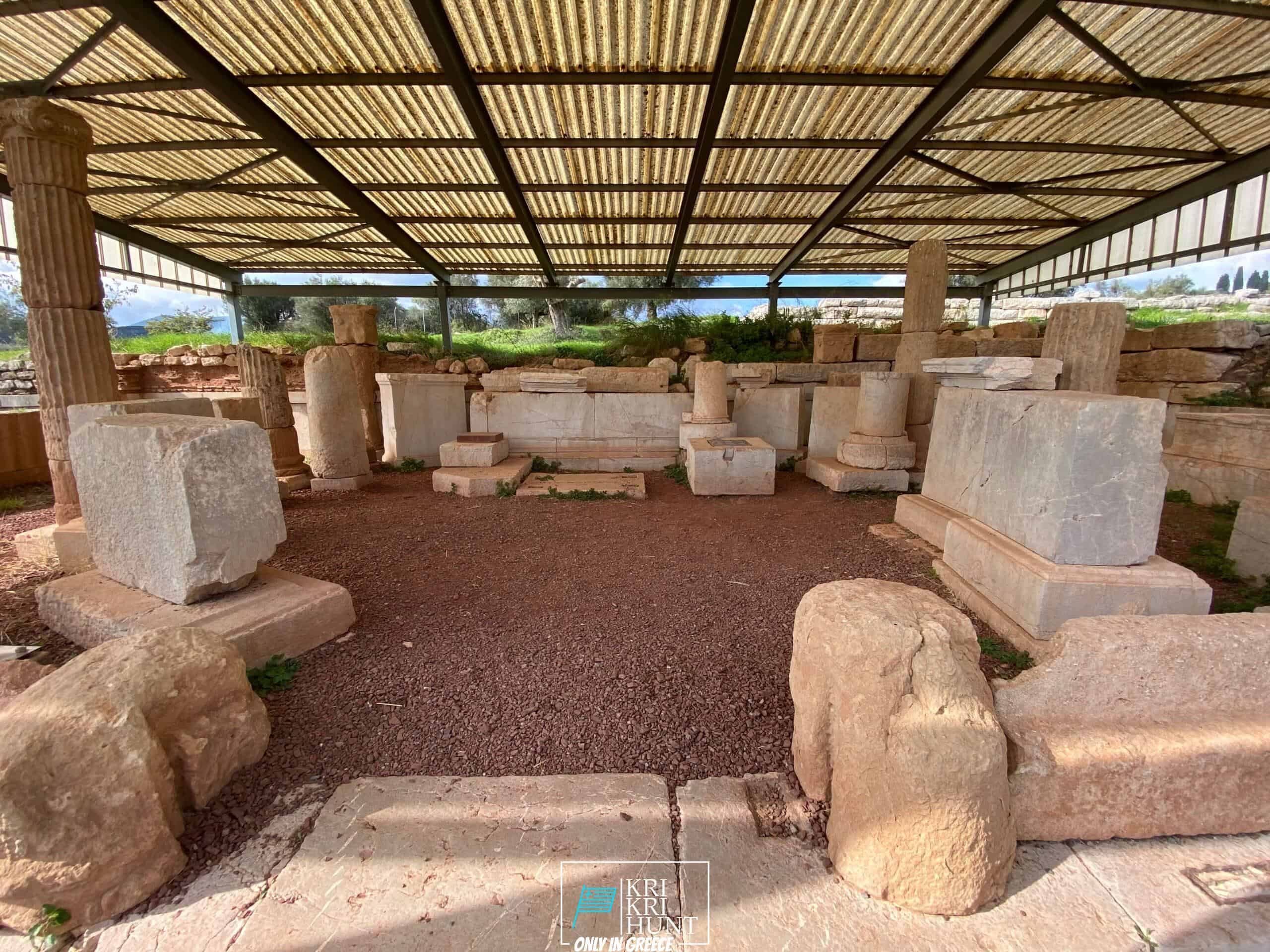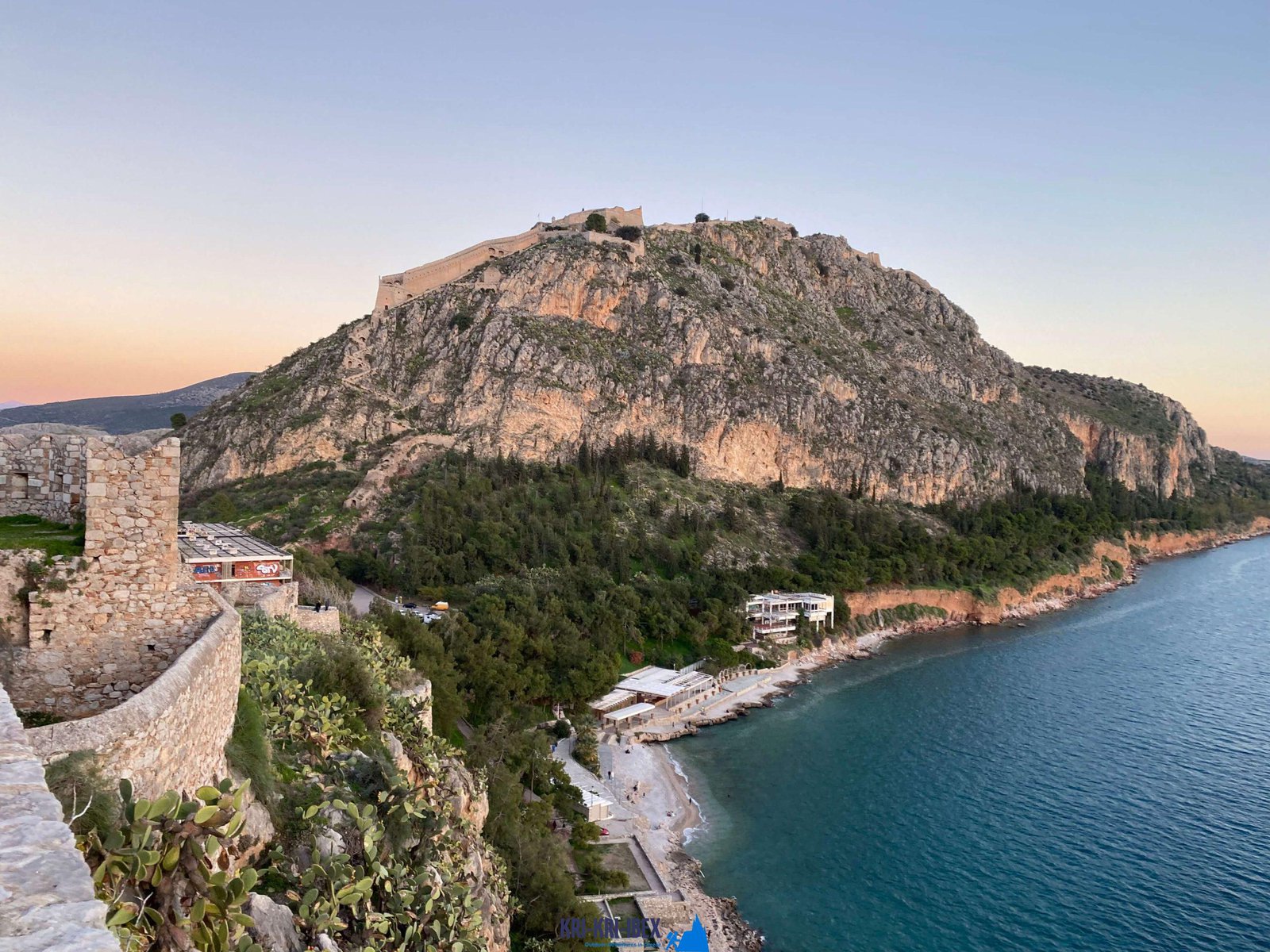Searching and also free diving, deep see fishing on the Greek islands
Searching and also free diving, deep see fishing on the Greek islands
Blog Article

Hunting for Kri Kri ibex in Greece is an amazing holiday and an exciting searching exploration all rolled into one. For a lot of hunters, ibex searching is a challenging undertaking with unpleasant conditions, but not in this situation! During five days of exploring ancient Greece, diving to shipwrecks, as well as spearing, you'll run into stunning Kri Kri ibex on an unique island. What else could you want?

Greece is an excellent country for tourist, offering many different chances for site visitors. There are lots of gorgeous islands to see, such as Sapientza, along with archaeological sites and also social experiences to appreciate. Greece is also well known for its delicious food and also a glass of wine. Whatever your interests might be, Greece has something to supply you.
When you show up in the Peloponnese peninsula is the strikingly attractive landscape, the first point you will discover. The mountains, lakes, forests, and also rivers make this location a nature fan's paradise. There are additionally a lot of chances for treking, angling, swimming, as well as various other outdoor activities. The Peloponnese peninsula is not simply concerning its all-natural elegance; there are also various historic as well as cultural sites to check out. Do not forget additionally fishing, free-diving and also hunting. Some of the most prominent traveler locations in the Peloponnese include old Olympia, Epidaurus, Mycenae, and also Sparta. These locations supply an interesting peek right into Greece's abundant background and society. If you want learning more about Greek mythology, after that you will absolutely intend to check out Mount Olympus, residence of the 12 Olympian gods. Obviously, no journey to Greece would be complete without trying some of the scrumptious food. The Peloponnese peninsula is home to several of the best olive oil in the world in addition to feta cheese, olives, honey, and white wine. Make certain to attempt several of the regional specializeds such as dolma (packed grape leaves), Souvlaki (smoked meat skewers), as well as Gyro (meat wrapped in pita bread).
Experience 'Real' Greece with Our Peloponnese Tours. Look no additionally than our Peloponnese tours if you're looking for a genuine Greek experience. From ancient ruins and castles to delicious food and also white wine, we'll show you every little thing that this amazing region has to offer. What are you waiting for? Book your journey today! Your Kri Kri ibex searching in Greece is here!
What is the diference between Kri Kri ibex, Bezoar ibex and hybrid ibex
The kri-kri is not thought to be indigenous to Crete, most likely having been imported to the island during the time of the Minoan civilization. Nevertheless, it is found nowhere else and is therefore endemic to Crete. It was common throughout the Aegean but the peaks of the 8,000 ft (2,400 m) White Mountains of Western Crete are their last strongholds–particularly a series of almost vertical 3,000 ft (900 m) cliffs called ‘the Untrodden’—at the head of the Samaria Gorge. This mountain range, which hosts another 14 endemic animal species, is protected as a UNESCO Biosphere Reserve. In total, their range extends to the White Mountains, the Samaria National Forest and the islets of Dia, Thodorou, and Agii Pandes.
This Ibex is NOT a diminutive form of the Bezoar Ibex, which has migrated into the western-most reach of the range of this species. The kri – kri (Capra aegagrus cretica), sometimes called the Cretan goat, Agrimi, or Cretan Ibex, is a feral goat inhabiting the Eastern Mediterranean, previously considered a subspecies of wild goat. The kri-kri has a light brownish coat with a darker band around its neck. It has two horns that sweep back from the head. In the wild they are shy and avoid tourists, resting during the day. The animal can leap some distance or climb seemingly sheer cliffs.
“The agrimi goat Capra aegagrus cretica is unique to Crete and its offshore islands. It has been identi®ed as a sub-species of the wild bezoar goat Capra aegagrus aegagrus Erxleben, 1777, which it closely resembles in horn shape, body form and coloration. This classi®cation has been disputed by some researchers who claim that the agrimi are feral goats, derived from early domestic stock brought to the island by the ®rst Neolithic settlers. In order to clarify this issue, DNA analyses (cytochrome b and D loop sequences) were carried out on tissue of live and skeletonized agrimi and compared to sequences of wild and domestic caprines. Results conclusively show the agrimi to be a feral animal, that clades with domestic goats (Capra hircus) rather than with wild Asiatic bezoar. This study demonstrates that morphometric criteria do not necessarily re¯ect genetic af®nities, and that the taxonomic classi®cation of agrimi should be revised.”
Report this page